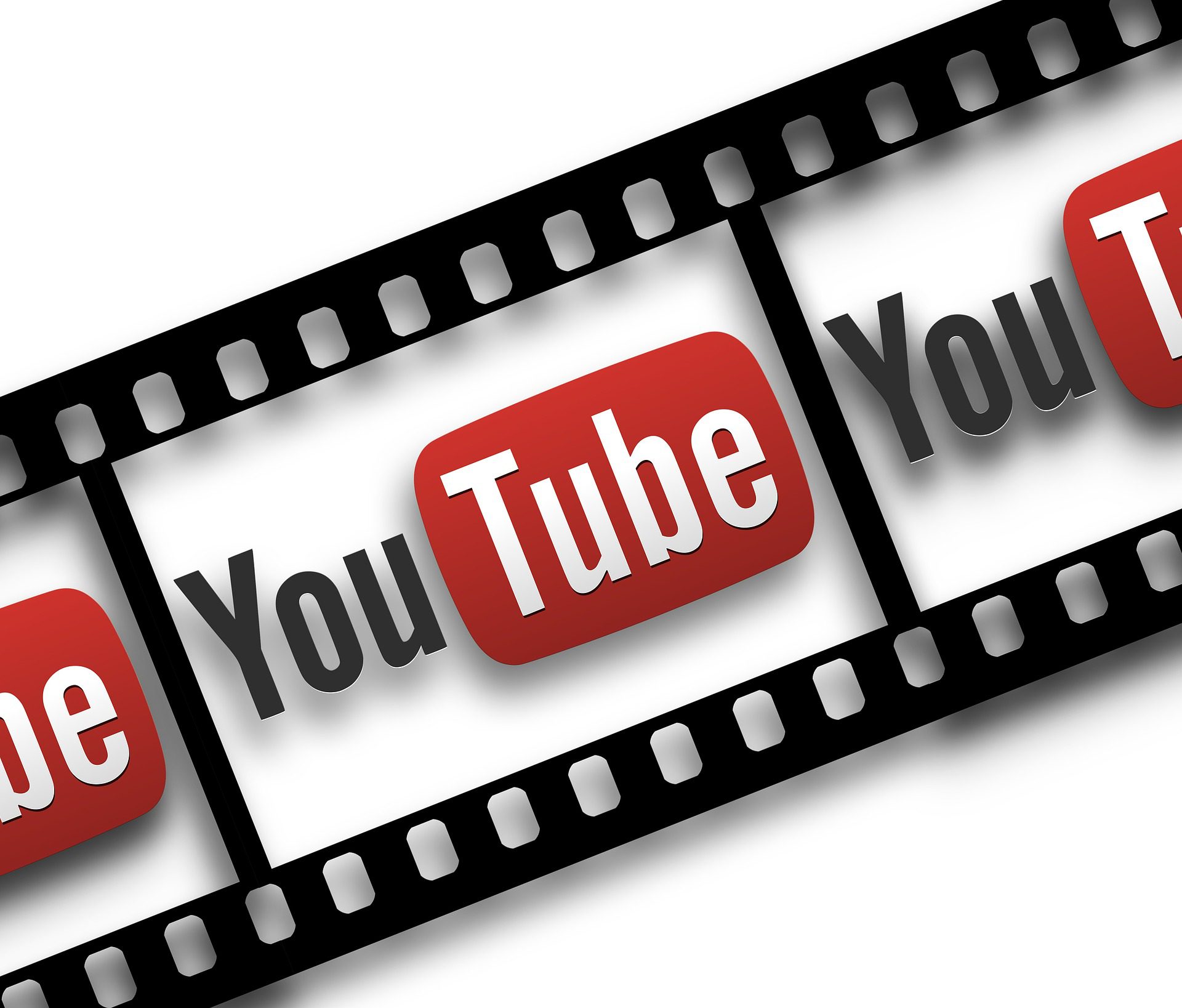For those of you who kept your New Year’s Resolutions: congratulations. Now get ready to break them on February 4, when everyone gathers in front of that big screen to stuff their faces and watch grown men run around and crash into each other during Super Bowl LII. Of course, the unofficial national holiday also includes a huge chunk of the population who could care less about the action on the field (“Who is this Tom Brady? Oh, you mean Giselle Bundchen’s husband?”) and gather in front of the TV to overindulge in wings, nachos, and sweets for the commercials.
Last year, about this time, I wrote a blog post about investing in the power of YouTube advertising, Noting that the cost of a 30-second Super Bowl ad was $5 million, I asserted that YouTube could be seen as a replacement for TV advertising. One year later, Super Bowl ads are holding firm at $5 million. Meanwhile, over the last year, YouTube has gotten a lot of flak (rightfully so!) about placement of video ads and banner ads over inappropriate, un-safe, and in some cases downright disturbing content.
Clearly, YouTube has taken some hits.
On January 16, Google announced that the YouTube Partnership Program (YPP) would be updated to address its credibility problem. YPP now requires a channel to have 1,000 subscribers and 4,000 hours of watch time within the last 12 months to be eligible to show ads before or during videos. These new rules will apply to everyone, including existing channels, starting February 20, 2018.
By contrast, under the old rules, having only 10,000 views could make a channel eligible for YPP. That’s it. A total view number as the only real eligibility factor is kind of crazy considering bots could hit that number in a matter of minutes.
The new rules were inevitable after a large number of advertisers threatened to pull out, and, in some cases (I’m speaking from experience) pulled out and STAYED pulled out. Moving forward, YouTube will begin to “closely monitor signals like community strikes, spam and other abuse flags,” which will also help keep those videos/partners who show ads more “brand safe.”
At True Interactive, we are results driven and like to see hard numbers. So here is a hard number: the creators who remain part of the YPP after the new guidelines go into effect make up more than 95 percent of YouTube’s reach for advertisers.
Also note that Google Preferred, which aggregates YouTube’s top 5 percent of content into easy-to-buy packages, will now be manually vetted. In other words, there is an actual person watching these uploaded videos before an ad can be shown. In a blog post, Neal Mohan (chief product officer) and Robert Kyncl (chief business officer) wrote that “99 percent of those affected by the new guidelines were making less than $100 per year in the last year, with 90 percent earning less than $2.50 in the last month.”
Looking back over 2017, you would think that YouTube didn’t do very well. Wrong. The number of channels making over six figures in 2017 were up over 40 percent year-over-year. Even with all of the bad press and advertisers pulling out of showing YouTube video ads, the number of channels making $100K+ last year was up 40 percent! That number alone is proof that TV advertising is starting to go the way of the dodo. Consumers are cutting the cord, and it’s time to get ahead of the competition. Elon Musk said, “The first step is to establish that something is possible; then probability will occur.” We are past consumers possibly cutting the cord and are well into the probability of it happening now.
